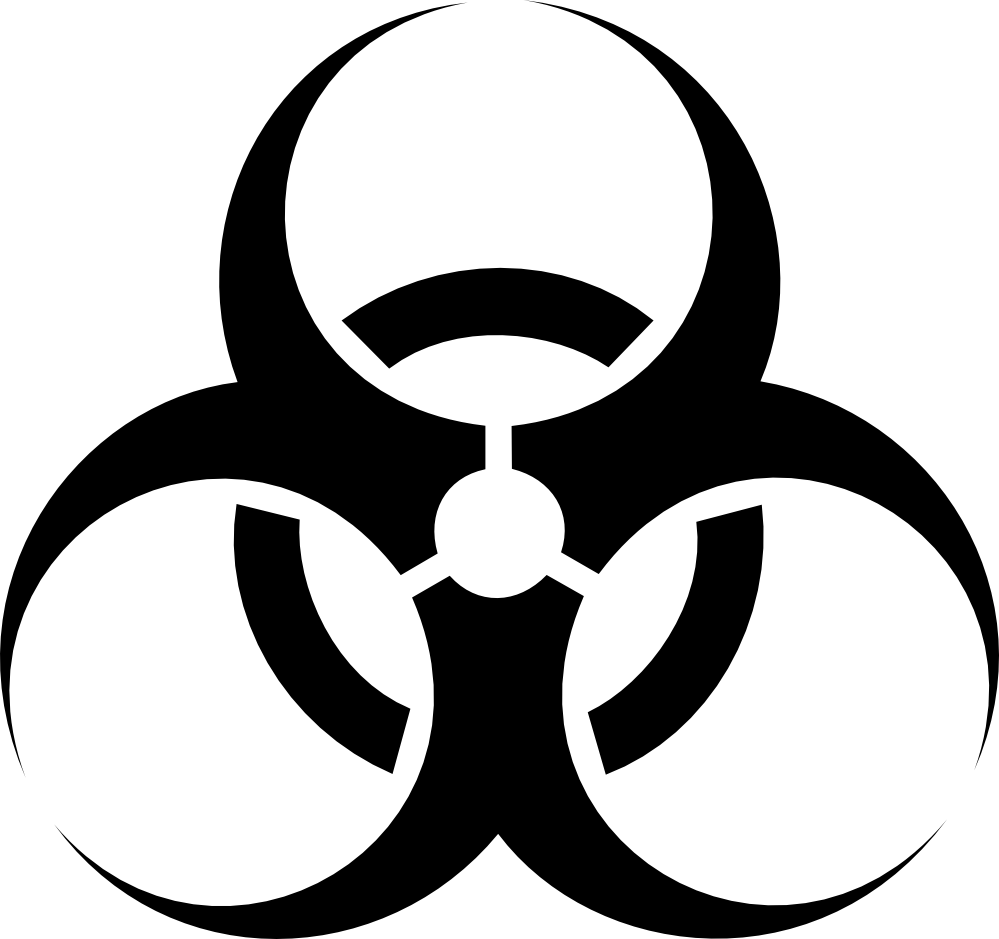Resources with keywords: ebola
This guidance refers only to the following viral hemorrhagic fevers: Ebola, Marburg, Lassa, Crimean Congo Hemorrhagic Fever (CCHF), and the South American Hemorrhagic Fevers (i.e., those caused by Junin, Machupo, Chapare, Guanarito and Sabia viruses).
Yang W, et al.
Highlights
- Recombinant vesicular stomatitis virus expressing Ebola virus glycoprotein is lethal in immunocompetent Syrian hamsters.
- The pathogenicity of VSV-EBOV/GP is species-specific, age-related, gender-associated, and challenge route-dependent.
- Syrian hamsters develop uveitis, multi-organ failure, and severe systemic diseases resembling symptoms of human EBOV patients.
- The model is available for anti-EBOV antibody and vaccine evaluation under BSL-2 conditions.
Coulborn R, et al
Vaccination with the Ebola vaccine significantly lowered case fatality risk vs not vaccinated.
This guidance applies to viral hemorrhagic fevers caused by infections with:
- Filoviruses (ebolaviruses and marburgviruses),
- Arenaviruses [Lassa, Lujo, and South American hemorrhagic fever viruses (Guanarito virus, Sabia virus,
- Junin virus, Chapare virus, Machupo virus)],
- Rift Valley fever virus, and
- Crimean Congo hemorrhagic fever virus.
WHO declares outbreak in Uganda with a rare Ebola Sudan virus.


